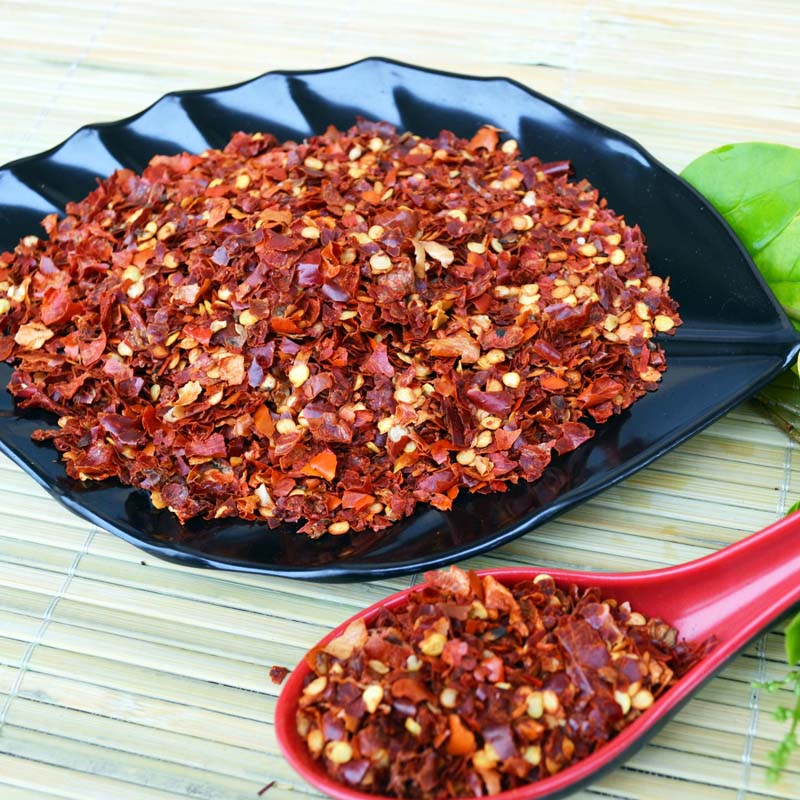- No. 268 Xianghe Street, Economic Development Zone of Xingtai city, Hebei 054001 China
- Byron@hbhongri.cn
fermented chili sauce
The Art of Fermented Chili Sauce A Culinary Delight
Fermented chili sauce, a vibrant staple in many cuisines around the world, is a condiment that not only adds heat to dishes but also brings a complex array of flavors and health benefits. As food enthusiasts increasingly seek new ways to enhance their culinary experiences, the popularity of homemade fermented chili sauces has surged. In this article, we will explore the history, health benefits, and the process of making your own fermented chili sauce.
A Brief History
Fermented foods have been a part of human diets for thousands of years. The process of fermentation, which involves the conversion of sugars to acids or alcohol by microorganisms, is one of the oldest methods of food preservation. Chili peppers, native to the Americas, were introduced to the rest of the world during the Columbian Exchange in the 15th century. Since then, various cultures have integrated fermented chili sauces into their cuisines. From Korea's gochujang and Mexico's salsas to the Southeast Asian sambals, these sauces have evolved into beloved condiments, each telling a unique story of culinary tradition.
Health Benefits
Beyond their incredible flavors, fermented chili sauces offer a plethora of health benefits
. The fermentation process enhances the nutritional profile of the ingredients, making them easier to digest and increasing the bioavailability of vitamins and minerals. Probiotics, the beneficial bacteria produced during fermentation, are known to support gut health, boost the immune system, and improve overall well-being.Chili peppers themselves are rich in capsaicin, a compound that contributes to their spiciness. Capsaicin has been studied for its potential to boost metabolism, reduce inflammation, and alleviate pain. Combining these health benefits with the probiotics from fermentation makes fermented chili sauce a powerful addition to any diet.
Making Your Own Fermented Chili Sauce
Creating your own fermented chili sauce at home is an enjoyable and rewarding process. While there are countless variations, the basic recipe is simple and can be customized to your taste. Here’s a straightforward guide to get you started
fermented chili sauce

Ingredients - Fresh chili peppers (your choice of heat level) - Garlic (optional) - Salt (non-iodized, such as sea salt or kosher salt) - Water (filtered or distilled) - A fermentation vessel (a glass jar or a fermentation crock)
Instructions
1. Prepare the Chilies Wash your chili peppers and remove the stems. Depending on your heat preference, you may choose to remove some or all of the seeds. Chop or blend the peppers into a paste.
2. Make the Brine Dissolve 2 tablespoons of salt in 1 cup of water. This will create a brine that protects your sauce from unwanted bacteria while allowing fermentation to occur.
3. Combine Ingredients In a clean fermentation jar, mix the chili paste with enough brine to cover the mixture. If desired, you can add minced garlic for additional flavor. Leave some space at the top of the jar to allow gases to expand during fermentation.
4. Ferment Seal the jar with a lid that allows for gas release, or cover it with a cloth secured with a rubber band. Place the jar in a cool, dark place. Fermentation times can vary, but generally, it takes about 1 to 2 weeks. Taste the sauce periodically until it reaches your desired flavor.
5. Store and Enjoy Once the fermentation is complete, transfer your sauce to the refrigerator to slow down the fermentation process. Use it as a condiment, cooking ingredient, or even as a base for dressings and marinades.
Conclusion
Fermented chili sauce is more than just a spicy addition to your meals; it’s a blend of history, health, and home cooking. By making your own, you can experiment with flavors and heat levels, creating a unique sauce that reflects your culinary style. Embrace the fermentation process, and savor the rich, tangy, and spicy notes that this vibrant condiment brings to your kitchen!
-
Turmeric Rhizome Powder: A Golden Treasure from Roots to TableNewsJul.28,2025
-
The Versatile Application Of Crushed Red Hot Peppers: Lighting Up The Red Flames On The Dining TableNewsJul.28,2025
-
The Paprika: A Touch Of Vibrant Red In Color, Flavor, And CultureNewsJul.28,2025
-
Ground Turmeric: A Modern Examination of an Ancient SpiceNewsJul.28,2025
-
Capsicum Liquid Extract: Features, Applications, and ChallengesNewsJul.28,2025
-
Application of Capsicum Liquid Extract in FoodNewsJul.28,2025







